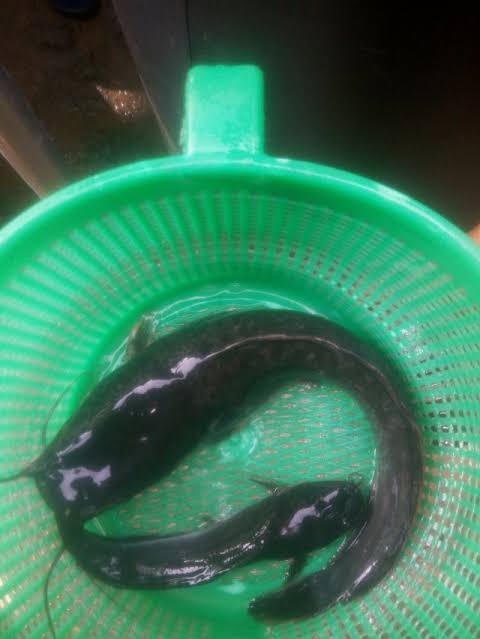 GET THIS NOW: AUTOMATED INCOME MACHINE
GET THIS NOW: AUTOMATED INCOME MACHINE
My Catfish are not Growing well: Causes and what to do
Are your catfish not growing as expected? Slow growth can be a frustrating and concerning issue for aquaculture enthusiasts and commercial farmers alike. However, by identifying and addressing the underlying causes, you can help your catfish reach their full potential. In this article, we’ll explore common reasons for slow growth and provide practical solutions to get your catfish thriving again.
 Learn More
Learn MoreReasons for Slow Growth:
1. Inadequate Nutrition: Insufficient or poor-quality feed can hinder growth.
2. Water Quality Issues: Poor water parameters, such as low oxygen levels, high ammonia, or excessive nitrite, can stress and slow down catfish growth.
3. Overcrowding: Insufficient space can lead to stress, disease, and reduced growth.
4. Inadequate Water Temperature: Catfish require specific temperature ranges for optimal growth.
5. Lack of Hiding Places and Enrichment: Without adequate hiding places and enrichment, catfish may experience stress, leading to slow growth.
READ ALSO 12 factors that can influence your choice of fish feed
6. Disease and Parasites: Unaddressed health issues can significantly impact growth.
7. Genetic Factors: Some catfish breeds may naturally grow slower than others.
Solutions:
1. Optimize Feed Quality and Quantity: Ensure high-quality feed, and adjust feeding amounts based on catfish size and growth stage.
2. Monitor and Maintain Water Quality: Regularly test water parameters and make adjustments as needed.
3. Provide Adequate Space and Hiding Places: Ensure sufficient tank or pond size and add hiding places, such as plants or structures.
READ ALSO 10 Practical Steps to Take If Your Catfish Are just Dying
4. Maintain Optimal Water Temperature: Keep water temperature within the recommended range for catfish (typically 75-85°F).
5. Implement Enrichment and Stimulation Add toys, change tank decorations, or provide food puzzles to keep catfish engaged and stimulated.
Invest in this knowledge-packed ebook promptly.  39 fundamentals for poultry broiler production management
39 fundamentals for poultry broiler production management
6. Monitor and Address Health Issues Regularly inspect catfish for signs of disease or parasites and seek veterinary care when necessary.
7. Consider Genetic Factors: Research and select breeds known for faster growth rates, if desired.
ATTENTION: Click “HERE” to join our WhatsApp group and receive More updates directly on your WhatsApp!
Takeaway
Regularly monitor catfish growth and adjust feeding and management strategies accordingly.
Consider consulting with a fisheries expert or veterinarian for personalized guidance.
Keep accurate records to track growth and identify potential issues.
By addressing these common causes of slow growth and implementing the suggested solutions, you can help your catfish thrive and reach their full potential. Remember, every catfish is different, so be patient, observe, and adjust your approach as needed to unlock optimal growth.















